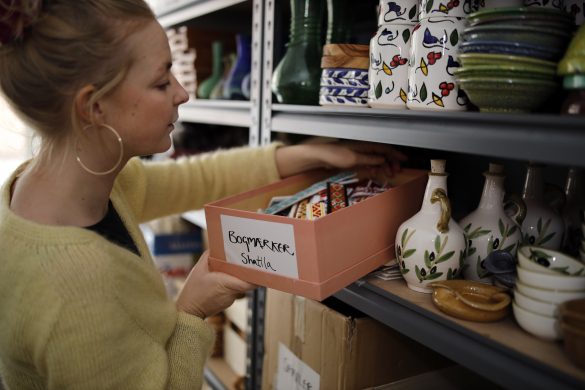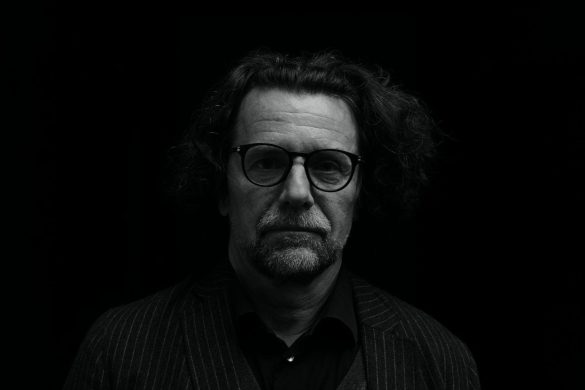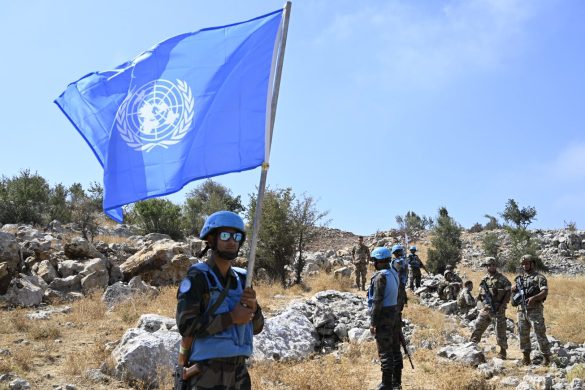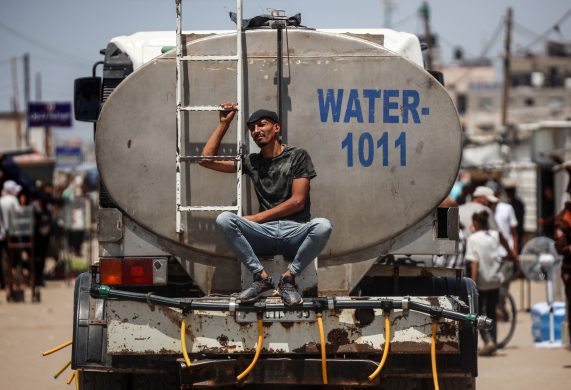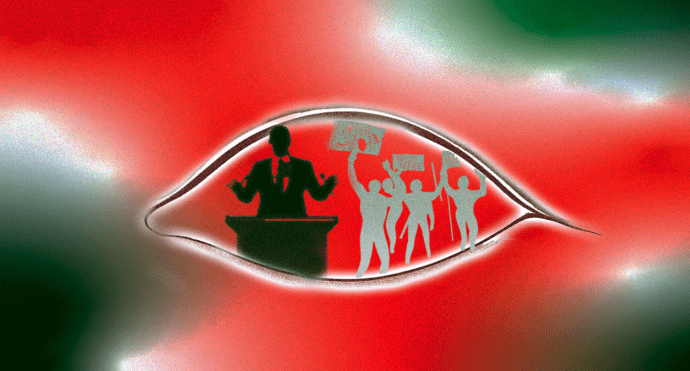Bistand til voldsramte kvinder i patriarkalske (mandsdominerede) samfund er en balancegang mellem kulturelle og sociale normer og skikke – og humanitære indsatsers indflydelse er marginal, fremgår det af et nyligt papir til en konference om emnet i Dubai.
DUBAI, 24 March 2014 (IRIN): You would be hard pressed to find an aid worker that thought sexual violence was not an important issue. But ask them to define what it is, and you may leave them stumped (taget på sengen).
Is it sexual violence, gender-based (køns-baseret) violence (GBV) or violence against women and girls? And what about male victims?
How do you address GBV in patriarchal societies? And how do you balance collecting evidence-based data with responding to victims and/or preventing incidents in the first place?
Researchers at the Humanitarian Practice Network (HPN) at the Overseas Development Institute (ODI) in London have been thinking around these questions as part of a “Good Practice Review” for tackling GBV in humanitarian contexts.
“We commissioned this work because we felt there was a gap,” explained Wendy Fenton, HPN coordinator at the ODI’s Humanitarian Policy Group.
“When we started looking at the issue and talking to people we realized that there was not even agreement about what GBV programming or prevention and response actually was. Even the terminology seems to be contested.”
They found a wide range of different concepts, terminologies and priorities, and the researchers said that in spite of the major advances in humanitarian and development programming, there was still a lack of firm consensus about how to define, prevent and respond to GBV.
The effect of conflicts and disasters
The HPN paper Preventing and responding to gender-based violence in humanitarian crises authored by Rebecca Holmes and Dharini Bhuvanendra, was published last month and was presented this week at the 11th annual Dubai International Humanitarian Aid & Development (DIHAD) conference, which focuses on women and aid.
Conference panelists examine the role women play as essential providers of assistance in humanitarian crises; the disproportionate impact of conflict and disasters on women; and how aid is and should be adapted to meet gender needs.
“Maybe discussing women and aid in the Middle East is controversial,” DIHAD’s board director, Gerhard Putman-Cramer, told IRIN.
“But if it is, that is good, because I think it’s healthy to have these discussions and give the theme some air in a region where perhaps things may not be 100 percent as they should be on all scores.”
Putman-Cramer, who has held several director-level roles with the UN Office for the Coordination of Humanitarian Affairs (OCHA), added:
“It is only in the last 10 years or so that countries like the UAE [United Arab Emirates] have become very active in the multilateral sphere of the humanitarian world.
“So I think it is good to be putting gender topics on the table. If we are banging onto an open door, that is great, but I don’t think that is the case.”
After evaluating the wide range of practice and policy approaches to GBV and charting programming milestones and initiatives over the years, the 36-page HPN paper concludes that knowledge of GBV in emergencies was “inadequate”.
It adds that owing to “deeply embedded cultural and social norms around GBV, any intervention designed to address its causes, consequences and effects can only work at the bringing about real, meaningful change will be a slow, long-term process, in which humanitarian response can play only a small part.”
High profile debates
Læs videre på
http://www.irinnews.org/report/99830/this-year-at-dihad-women-and-aid
Se mere på
http://www.irinnews.org/report/99847/women-victims-of-conflict-or-agents-of-change


